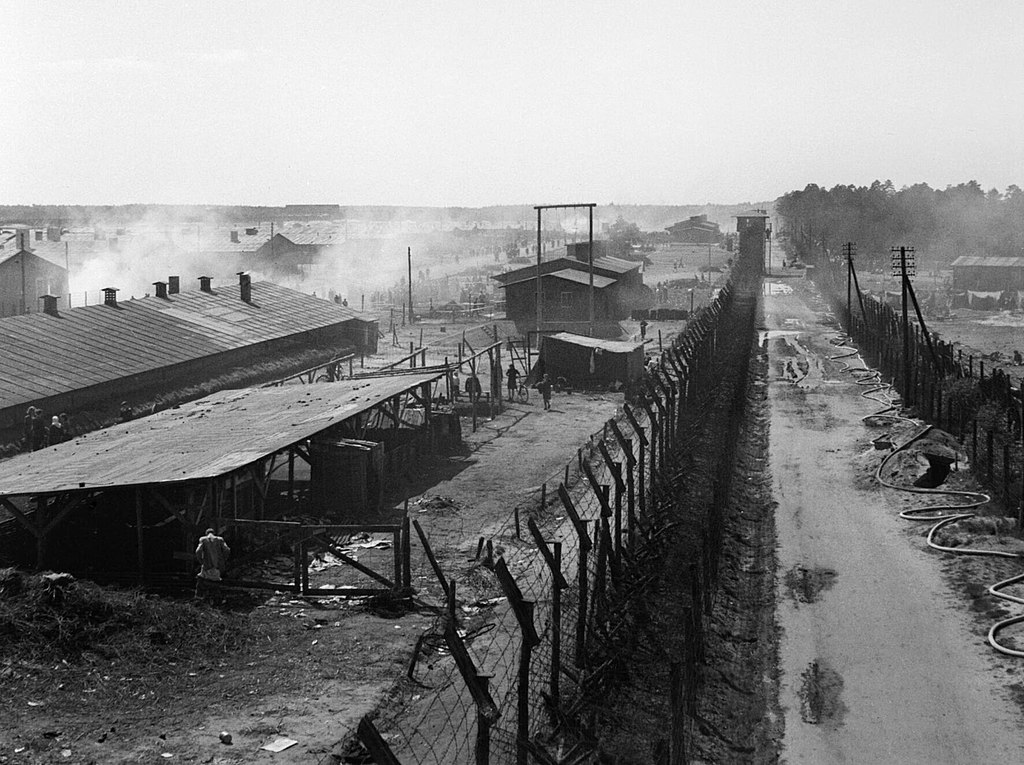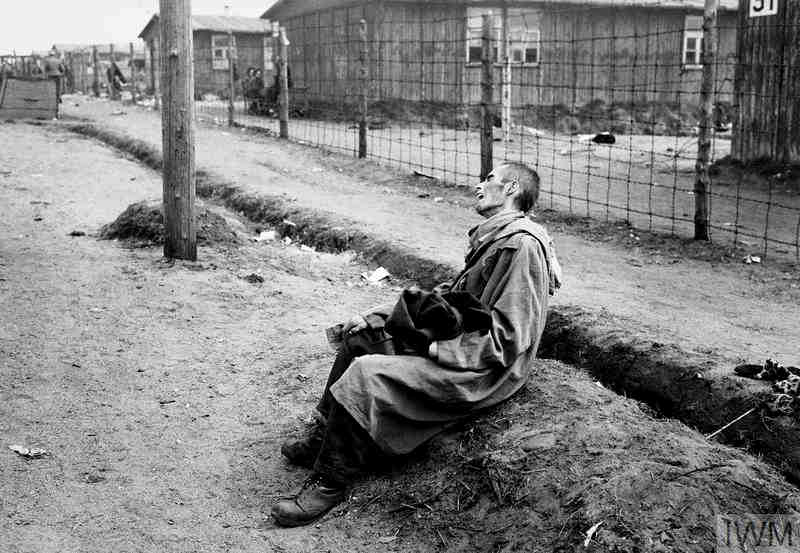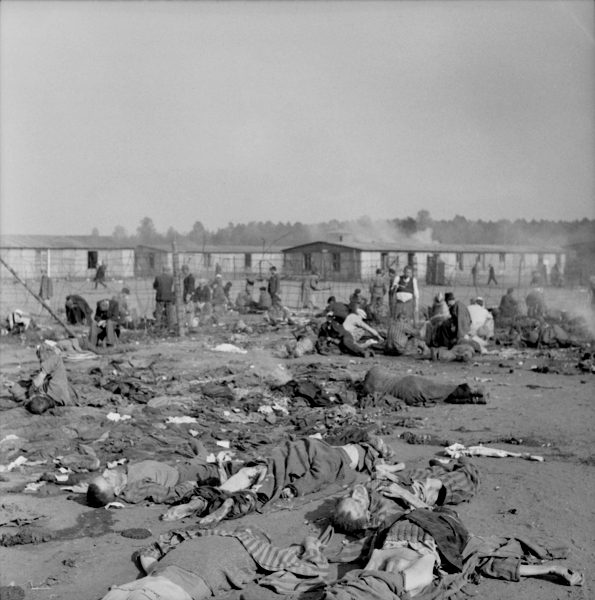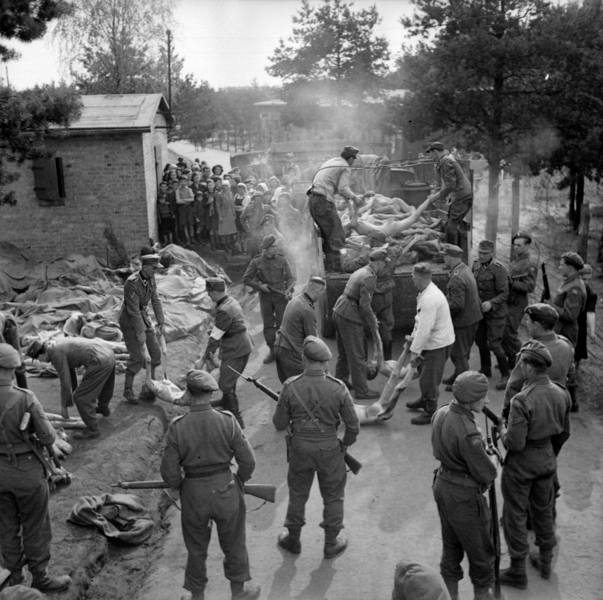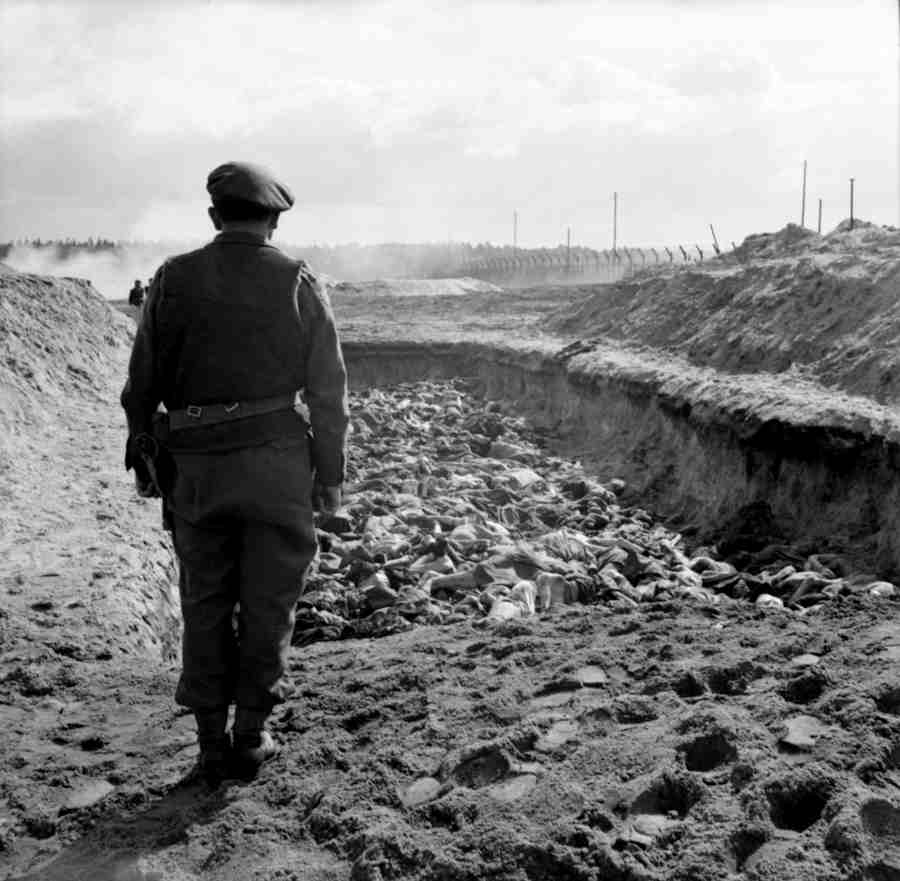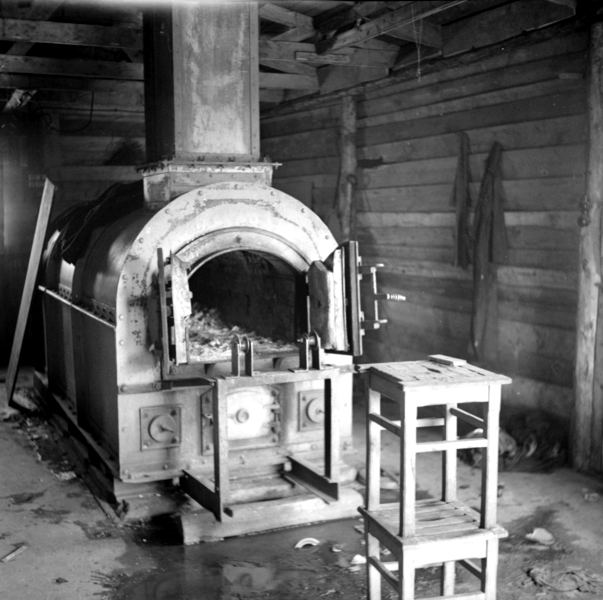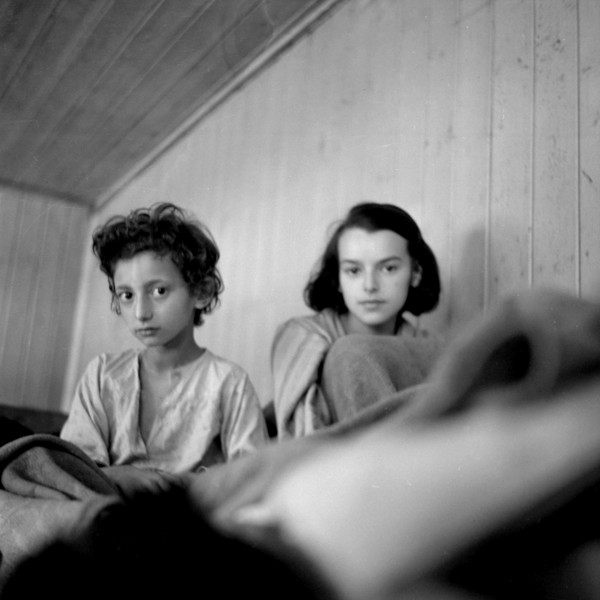The Bergen-Belsen concentration camp was part of the official concentration camp system from the time it was established in April 1943. Today, many consider it the embodiment of Nazi crimes. However, Bergen-Belsen differed from all other Nazi concentration camps in several key aspects.
Bergen-Belsen was initially set up for Jewish hostages whom the SS had said they would release - in exchange for Germans interned abroad, foreign currency or commodities valuable to the war effort.
The character of the camp changed in March 1944 when a new section was established for sick male prisoners from other concentration camps who were no longer able to work. A section for female prisoners was set up in August 1944.
In December 1944, the Bergen-Belsen concentration camp became the destination for numerous evacuation transports from other concentration camps. The camp's subsequent overcrowding and disastrous living conditions led to mass deaths which claimed the lives of around 18,000 victims in March 1945 alone.
At least 52,000 of the total of around 120,000 prisoners in Bergen-Belsen died of starvation or disease, of the abuse they received from the SS, or of the immediate effects of their imprisonment following their liberation.
The Exchange Camp
In April 1943, the SS took over the southern section of the Bergen-Belsen POW camp from the Wehrmacht and turned it into a "detention camp" (Aufenthaltslager). It was intended to hold various groups of Jews whom the SS and the Foreign Office planned to exchange for Germans interned abroad or for foreign currency or commodities. These hostages were initially exempt from deportation to an extermination camp. The prisoners who were considered suitable for exchange were mostly Jews who either had official emigration papers from the British authorities in Palestine, were citizens of an Allied country or who held high-ranking positions in Jewish organisations.
At first, the living conditions for these exchange prisoners were much better than those at other concentration camps. The prisoners were allowed to bring personal belongings with them and wear civilian clothes, and they were able to develop a secret cultural and religious life in the camp. Numerous poems and drawings as well as 27 diaries from the exchange camp have survived.
Prisoners were usually taken to the exchange camp with their entire families even if only one family member qualified for exchange. Between July 1943 and December 1944, at least 14,600 Jewish prisoners, including 2,750 children and adolescents, were transported to the Bergen-Belsen exchange camp. The SS had set up separate areas of the camp for different groups of prisoners: There was the so-called "star camp" which held a large number of Dutch Jews, the "Hungarian camp", the "special camp" for Polish Jews and the "neutrals camp" for prisoners from neutral countries.
A total of only around 2,560 Jewish prisoners were ever actually transported from Bergen-Belsen and released.
The Man´s and Women´s Camp
As the war progressed, concentration camp prisoners were increasingly used as forced labourers in the armaments industry, and the functions of what had been set up as the "exchange camp" at Bergen-Belsen began to expand. From late March 1944, male prisoners from other concentration camps who were no longer able to work were housed in a separate section of the Bergen-Belsen concentration camp known as the "men's camp". These prisoners were supposedly sent to Bergen-Belsen to recover before being returned to their camp of origin and put back to work, but thousands of them died in Bergen-Belsen of disease, starvation, exhaustion and the lack of medical attention.
Another part of the Bergen-Belsen concentration camp was sectioned off in August 1944 and turned into the so-called "women's camp". Between August and late November 1944, the SS imprisoned around 9,000 women and girls in this part of the camp. Most of the women and girls who were able to work only stayed in the women's camp for a short time before being transferred to other concentration camps or the three satellite camps of Bergen-Belsen as slave labourers.
During the first few months, the women were provisionally housed in tents in a large open space within the camp. It was not until a storm destroyed the tents in November 1944 that the women were assigned to huts. The first prisoners in the women's camp were Polish women who had been arrested during the Warsaw Uprising and deported, in some cases with their children. Most of the later prisoners were Polish and Hungarian Jews who had been transferred from Auschwitz.
The women who remained in Bergen-Belsen included Margot and Anne Frank, who died there in March 1945.
"Reception" Camp and Camp for Dying Prisoners
In the summer of 1944, the SS began to evacuate the camps near the front lines and transport tens of thousands of prisoners to more centrally located camps under catastrophic conditions. At least 85,000 men, women and children were taken to Bergen-Belsen on over 100 transports and death marches starting in December 1944. The train journeys in overcrowded cattle cars and the death marches sometimes lasted for several weeks.
These transports carrying thousands of people arrived at Bergen-Belsen in quick succession, leading to complete overcrowding in the camp. After taking over the section of the camp that the Wehrmacht had used as a POW hospital in January 1945, the SS expanded the women's camp and made the men's camp much larger as well. Nonetheless, the available huts were entirely overcrowded in a very short period of time. The prisoners received almost no food, and epidemics of typhus and typhoid fever broke out which the SS never seriously tried to contain. The "special" status originally held by the exchange camp prisoners no longer applied, and in the final months of the war they were subjected to the same unimaginably horrific living conditions as all of the other prisoners.
The SS evacuated most of the exchange camp in early April 1945. Around 6,700 prisoners were taken on three trains probably destined for the Theresienstadt ghetto, but only one train reached its destination. The other two trains were liberated by American soldiers near Farsleben on 13 April 1945 and by Soviet troops near Tröbitz on 23 April.
At the same time, the SS was directing other evacuation transports to Bergen-Belsen. In early April 1945, around 15,000 newly arrived prisoners were housed in buildings in the nearby Wehrmacht barracks. |




